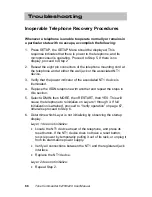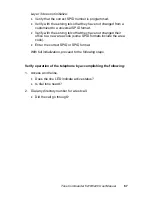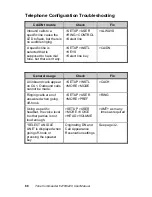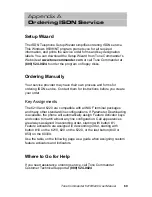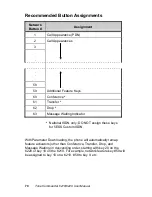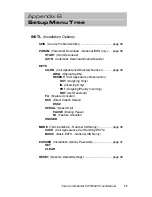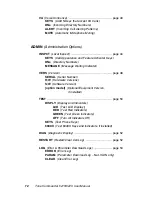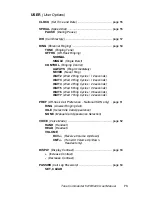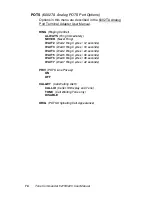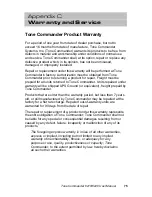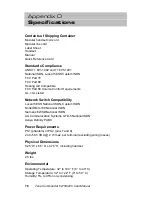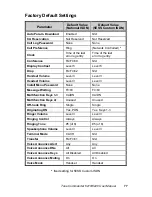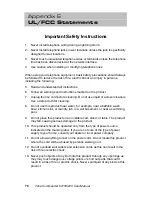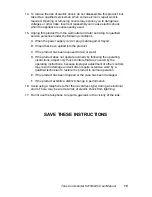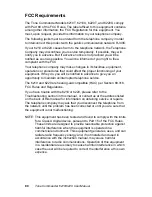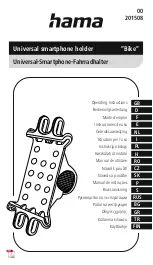
80
Tone Commander 6210/6220 User Manual
FCC Requirements
The Tone Commander Models 6210T, 6210U, 6220T, and 6220U comply
with Part 68 of the FCC Rules. The label affixed to this equipment contains,
among other information, the FCC Registration for this equipment. You
must, upon request, provide this information to your telephone company.
The following jacks must be ordered from the telephone company in order
to interconnect this product with the public communication network: RJ49C.
If your 6210 or 6220 causes harm to the telephone network, the Telephone
Company may discontinue your service temporarily. if possible, they will
notify you in advance. But if advance notice is not practical you will be
notified as soon as possible. You will be informed of your right to file a
complaint with the FCC.
Your telephone company may make changes in its facilities, equipment,
operations or procedures that could affect the proper functioning of your
equipment. If they do, you will be notified in advance to give you an
opportunity to maintain uninterrupted telephone service.
The 6210 and 6220 are hearing-aid compatible (HAC) per Section 68.316,
FCC Rules and Regulations.
If you have trouble with the 6210 or 6220, please refer to the
Troubleshooting section in this manual, or contact us at the address listed
on the back of this manual for information on obtaining service or repairs.
The telephone company may ask that you disconnect the telephone from
the network until the problem has been corrected or until you are sure that
the equipment is not malfunctioning.
NOTE: This equipment has been tested and found to comply with the limits
for a Class A digital device, pursuant to Part 15 of the FCC Rules.
These limits are designed to provide reasonable protection against
harmful interference when the equipment is operated in a
commercial environment. This equipment generates, uses, and can
radiate radio frequency energy and, if not installed and used in
accordance with the instruction manual, may cause harmful
interference to radio communications. Operation of this equipment
in a residential area is likely to cause harmful interference in which
case the user will be required to correct the interference at his own
expense.

